Renault safety timeline
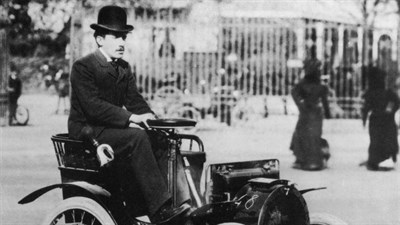
1898
A breakthrough in safety
Louis Renault's original Voiturette featured a geartrain transmission that was more reliable and less dangerous than today's more conventional chains or belts.
Louis Renault's original Voiturette featured a geartrain transmission that was more reliable and less dangerous than today's more conventional chains or belts.
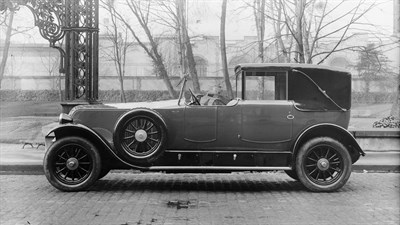
1922
Front-wheel brakes
Renault's six-cylinder 18CV and 40CV models had brakes on the front wheels, and the 40CV could be fitted with Louis Renault's patented mechanical servo-brake, for stronger braking action.
Renault's six-cylinder 18CV and 40CV models had brakes on the front wheels, and the 40CV could be fitted with Louis Renault's patented mechanical servo-brake, for stronger braking action.
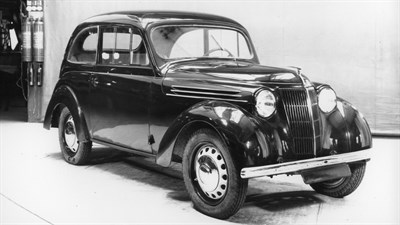
1937
Independent front suspension
The Juvaquatre was the first Renault with independent front suspension, for better road holding, and an all-steel monocoque structure, for better protection.
The Juvaquatre was the first Renault with independent front suspension, for better road holding, and an all-steel monocoque structure, for better protection.
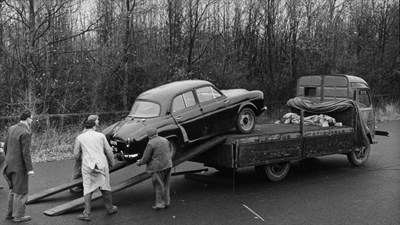
1951
The opening of Lardy
The Lardy centre (near Paris) was set up to handle tests on all future Renault vehicles. This was where the first impact resistance tests were carried out.
The Lardy centre (near Paris) was set up to handle tests on all future Renault vehicles. This was where the first impact resistance tests were carried out.
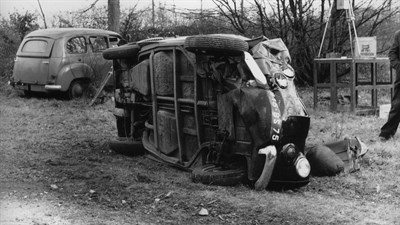
1954
Accidentology studies
Renault set up a physiology and biomechanics laboratory run by a doctor, to help vehicle design teams develop safe cars. From this moment on, crash-tests would take on major importance in vehicle design and safety engineering.
Renault set up a physiology and biomechanics laboratory run by a doctor, to help vehicle design teams develop safe cars. From this moment on, crash-tests would take on major importance in vehicle design and safety engineering.
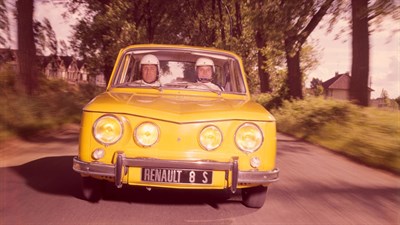
1962
Disc brakes on small cars
The R8 was the first compact car to be fitted with disc brakes on all four wheels, a feature previously reserved for large cars.
The R8 was the first compact car to be fitted with disc brakes on all four wheels, a feature previously reserved for large cars.
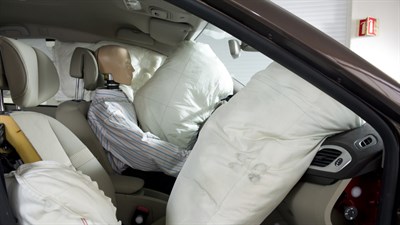
1969
The LAB
Renault and PSA Peugeot-Citroen set up the joint Accident Analysis and Biomechanics Laboratory (LAB).
Renault and PSA Peugeot-Citroen set up the joint Accident Analysis and Biomechanics Laboratory (LAB).
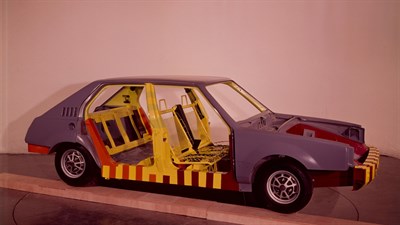
1974
Basic Research Vehicle
The BRV (Basic Research Vehicle) was developed for studies into passive safety.
The BRV (Basic Research Vehicle) was developed for studies into passive safety.
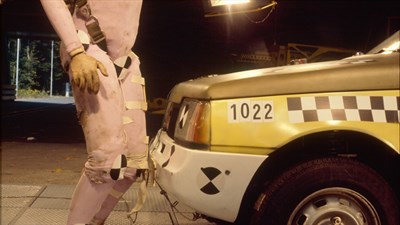
1979
The safety cell
Renault presented EPURE (vehicle for research into road user and environment protection), featuring the concept of a non-deformable cabin, and allowing for pedestrian impact.
Renault presented EPURE (vehicle for research into road user and environment protection), featuring the concept of a non-deformable cabin, and allowing for pedestrian impact.
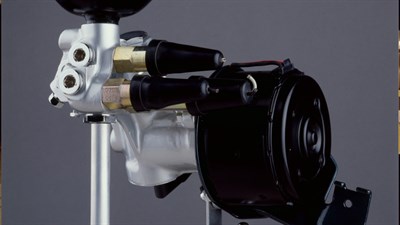
1985
ABS
ABS appeared on the R25.
ABS appeared on the R25.
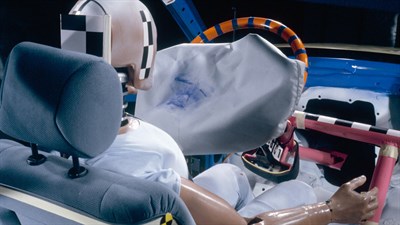
1993
Protecting passengers
Driver airbag and seatbelt pretensioners appeared on CLIO, R19 and SAFRANE.
Driver airbag and seatbelt pretensioners appeared on CLIO, R19 and SAFRANE.
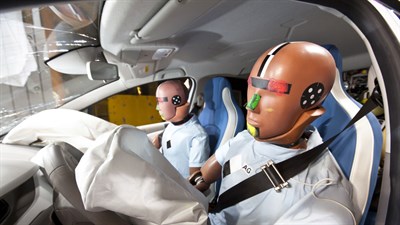
1998
Permanent innovation
The second-generation Renault System of Restraint and Protection (SRP2) appeared, with driver and passenger airbags, load limiters, pretensioners and headrests with close-up protection.
The second-generation Renault System of Restraint and Protection (SRP2) appeared, with driver and passenger airbags, load limiters, pretensioners and headrests with close-up protection.
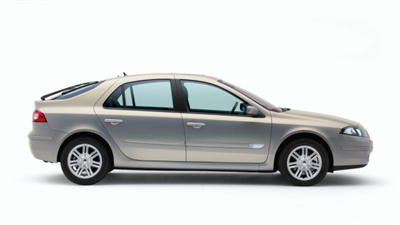
2001
The first-ever 5 stars
Renault introduced ESC Electronic Stability Control on LAGUNA II, traction control and third-generation SRP. LAGUNA II became the maker's first car to obtain the top five-star rating in the Euro NCAP crash-tests.
Renault introduced ESC Electronic Stability Control on LAGUNA II, traction control and third-generation SRP. LAGUNA II became the maker's first car to obtain the top five-star rating in the Euro NCAP crash-tests.
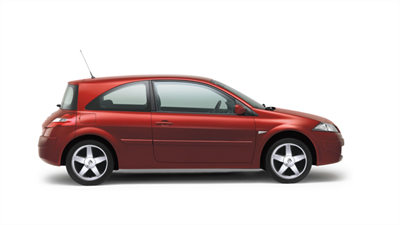
2002
5 stars for MEGANE and VEL SATIS
MEGANE II and VEL SATIS obtained five-star Euro NCAP crash-test ratings.
MEGANE II and VEL SATIS obtained five-star Euro NCAP crash-test ratings.
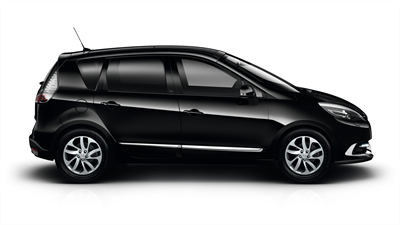
2003
5 stars for SCENIC and ESPACE
ESPACE IV and SCENIC II obtained five-star Euro NCAP crash-test ratings.
ESPACE IV and SCENIC II obtained five-star Euro NCAP crash-test ratings.
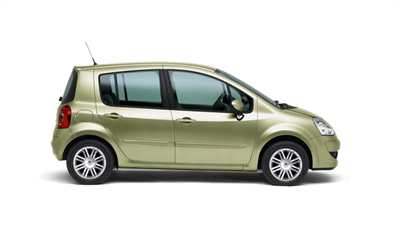
2004
Small car, perfect safety
Five-star Euro NCAP crash-test ratings were achieved by MEGANE Cabriolet and MODUS (the first five-star car of this category).
Five-star Euro NCAP crash-test ratings were achieved by MEGANE Cabriolet and MODUS (the first five-star car of this category).
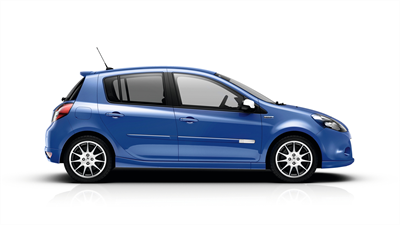
2005
5 stars for CLIO III
CLIO III obtained a five-star Euro NCAP crash-test rating.
CLIO III obtained a five-star Euro NCAP crash-test rating.
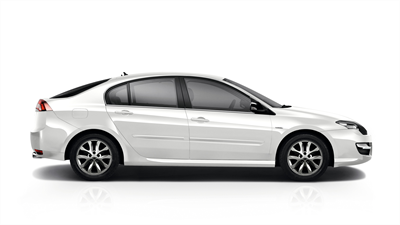
2007
Ground-breaking
Laguna III obtained a five-star Euro NCAP crash-test rating, with a record score of 36 out of 37.
Laguna III obtained a five-star Euro NCAP crash-test rating, with a record score of 36 out of 37.
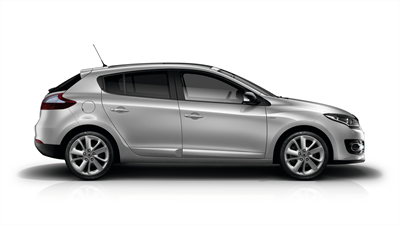
2008
MEGANE III: Safest Vehicle in any category
With a score of 37 out of 37 in its Euro NCAP crash tests, MEGANE III stands out as the safest vehicle in any class ever tested by the independent road safety body. MEGANE III has safety in its genes. It is a fundamental part of the car, which was developed to set standards in both active and passive safety.
With a score of 37 out of 37 in its Euro NCAP crash tests, MEGANE III stands out as the safest vehicle in any class ever tested by the independent road safety body. MEGANE III has safety in its genes. It is a fundamental part of the car, which was developed to set standards in both active and passive safety.
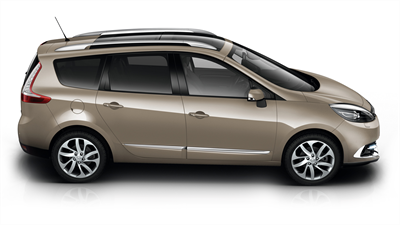
2009
12th model to reach 5 stars
Grand SCENIC III becomes the 12th model of the Renault range to secure Euro NCAP's maximum five-star crash-test rating, despite the stepping up of the severity of the independent body's evaluation criteria (side and rear impact, child and adult protection, pedestrian protection, equipment).
Grand SCENIC III becomes the 12th model of the Renault range to secure Euro NCAP's maximum five-star crash-test rating, despite the stepping up of the severity of the independent body's evaluation criteria (side and rear impact, child and adult protection, pedestrian protection, equipment).
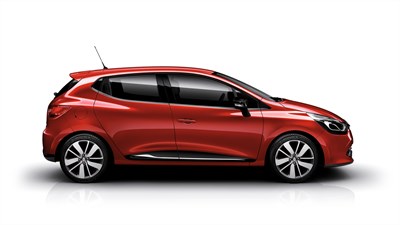
2012
5 stars for CLIO IV
CLIO IV was awarded a five-star rating following passive tests carried out by Euro NCAP. This result, achieved in spite of more stringent procedures from the independent body in January 2012, provides a further illustration of Renault's passive safety expertise.
CLIO IV was awarded a five-star rating following passive tests carried out by Euro NCAP. This result, achieved in spite of more stringent procedures from the independent body in January 2012, provides a further illustration of Renault's passive safety expertise.
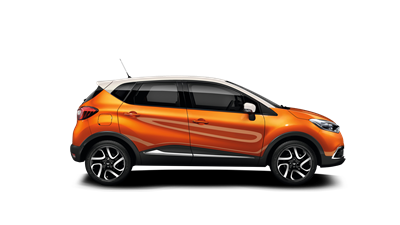
2013
5 stars for CAPTUR
Renault CAPTUR achieves 5 stars at the end of passive safety tests conducted by Euro NCAP. CAPTUR becomes the fifteenth Renault to achieve 5 stars.
Renault CAPTUR achieves 5 stars at the end of passive safety tests conducted by Euro NCAP. CAPTUR becomes the fifteenth Renault to achieve 5 stars.
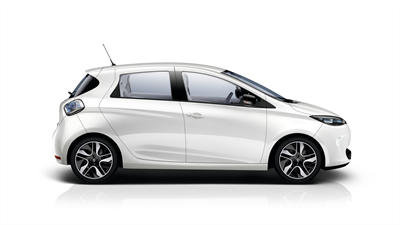
2013
5 stars for ZOE
Renault ZOE was awarded a five-star rating following the passive safety tests carried out by Euro NCAP. ZOE obtained an overall score of 82 per cent (including the maximum rating for pedestrian safety) and consequently figured among the very best models in its segment.
Renault ZOE was awarded a five-star rating following the passive safety tests carried out by Euro NCAP. ZOE obtained an overall score of 82 per cent (including the maximum rating for pedestrian safety) and consequently figured among the very best models in its segment.
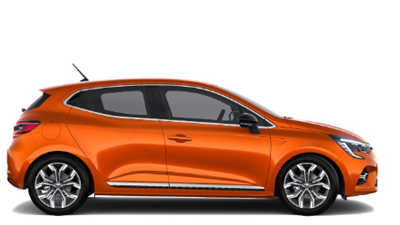
2019
5 stars for CLIO V and CAPTUR II
CLIO is a 30 years long success story. The CLIO V kept the road-holding and safety legacy of its predecessors and got awarded the safest car in the B-Hatch category. Similarly, All-New CAPTUR received the award of the safest car in the B-SUV category.
Featuring a camera and radar-based Automatic Emergency Braking System, Lane Departure Warning and Traffic Sign Recognition, CLIO V and CAPTUR II respond to fast-moving vulnerable road-users (such as cyclists).
CLIO is a 30 years long success story. The CLIO V kept the road-holding and safety legacy of its predecessors and got awarded the safest car in the B-Hatch category. Similarly, All-New CAPTUR received the award of the safest car in the B-SUV category.
Featuring a camera and radar-based Automatic Emergency Braking System, Lane Departure Warning and Traffic Sign Recognition, CLIO V and CAPTUR II respond to fast-moving vulnerable road-users (such as cyclists).
A commitment for the future
Considering the issues related to road safety in the world, Renault is committed to improving the control of behaviour. In the future, security will be more interactive with embedded technologies allowing improvement in the detection of the environment of the vehicle to alert the driver and anticipate the activation of safety systems.
Tomorrow
A global approach
Renault is constantly developing new safety systems aimed at avoiding accidents and protecting vehicle occupants. The emphasis in development is thus placed on better prevention, better anticipation and better education, without diminishing the responsibility of the driver.